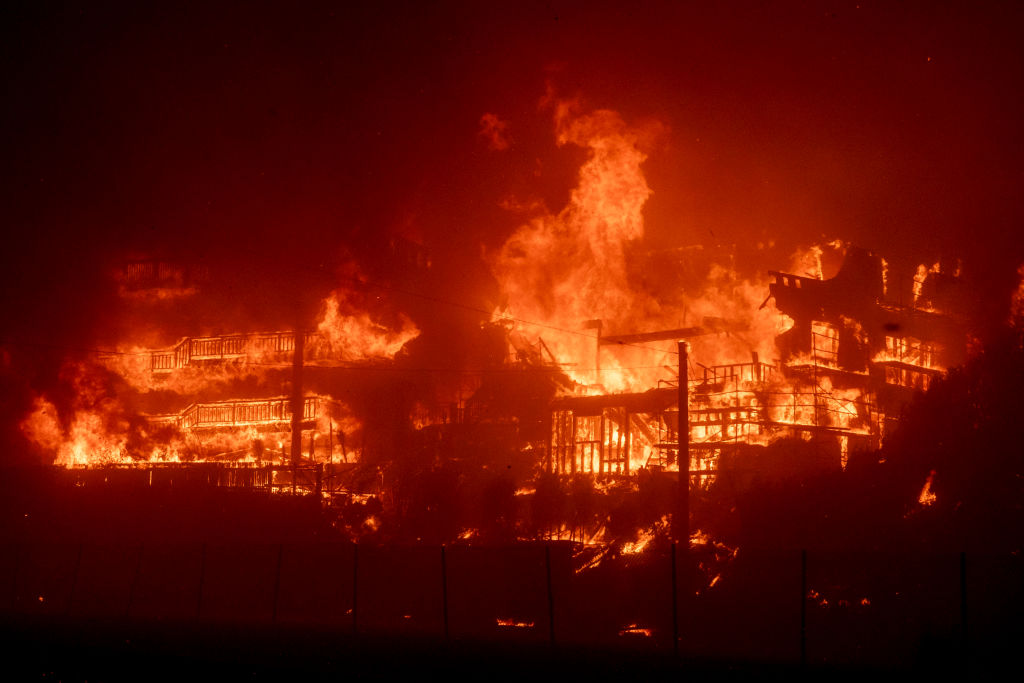Heads up, drivers: The controversial congestion pricing plan from the MTA is now in effect, meaning it will cost more to enter midtown and lower Manhattan.
But how much more? That depends on the time of day, and whether it's a weekday or weekend.
New York City's congestion pricing made its debut in the early morning hours Sunday, to cheers from public transit advocates and to the chagrin of drivers — particularly those from the outer boroughs, as well as Long Island and New Jersey, both of which filed lawsuits in efforts to halt the plan from being enacted.
But thus far, none of the lawsuits has been successful in fully putting the brakes on the new toll designed to reduce traffic gridlock in the densely packed city while also raising money to help fix its ailing public transit infrastructure.
Get top local stories in Philly delivered to you every morning. Sign up for NBC Philadelphia's News Headlines newsletter.
“We’ve been studying this issue for five years. And it only takes about five minutes if you’re in midtown Manhattan to see that New York has a real traffic problem,” Metropolitan Transportation Authority Chair and CEO Janno Lieber told reporters late Friday after a court hearing that cleared the way for the tolls. “We need to make it easier for people who choose to drive, or who have to drive, to get around the city.”
Drivers now know it will cost them more, but here's a breakdown of just how much more based on peak vs. off-peak times.
Peak vs. off-peak: Price difference
Local
Breaking news and the stories that matter to your neighborhood.
The cost to drivers depends on what time of the day it is and if drivers have an E-ZPass, an electronic toll collection system that’s used in many states.
During peak traffic hours, most cars, SUVs, small vans and pickup trucks during with an E-ZPass will be charged $9, once per day.
For off-peak hours, the tolls go down to $2.25.
Drivers without an E-ZPass will receive bills by mail and pay more: $13.50 for peak hours and $3.30 off-peak.
Motorcyclists will pay half the amount that cars pay during peak. Drivers of buses and trucks, depending on their size, will pay more.
Peak vs. off-peak: Times
Peak traffic hours will be from 5 a.m. to 9 p.m. on weekdays, and 9 a.m. to 9 p.m. on weekends.
Will I have to pay the toll?
The toll applies to the most congested part of Manhattan, south of Central Park. It will vary depending on the time and whether a car has E-ZPass, which is an electronic toll collection system used in many states.

Are there exceptions?
There are some exceptions. Certain emergency vehicles, school buses, people with disabilities who can’t take public transportation, and the people who transport them are all exempt. Low-income drivers who pay the toll 10 times in a month can apply for a 50% discount on trips they take the rest of the month.
There's also a little break for those who have already paid a toll to enter Manhattan at the Lincoln Tunnel, Holland Tunnel, Queens-Midtown Tunnel or Hugh L. Carey Tunnel during peak hours. They should see a credit on their E-ZPass of up to $3 for passenger vehicles and more for trucks and buses.
Still, with tolls for bridges and tunnels from New Jersey set to go up in the new year, a driver coming via the Holland Tunnel during peak traffic could pay $22 even with the credit.
What if I take a taxi or Uber?
Passengers in taxis and for-hire vehicles will have a per-trip surcharge added to their fares for rides to, from, within or through what is known as the Congestion Relief Zone. That charge is 75 cents for people taking taxis, green cabs and black cars, and $1.50 for Uber or Lyft passengers.
Where did this come from?
Congestion pricing has long existed in other cities around the globe, including London, Stockholm, Milan and Singapore, but New York is the first U.S. city to adopt it.
It's been floated in New York for years. Then-Mayor Michael Bloomberg suggested such a scheme in 2007, and state lawmakers approved the concept in 2019. But it has run into opposition and legal challenges from politicians, commuters and commercial drivers. A federal judge this week rejected the state of New Jersey's 11th-hour effort to temporarily block the toll.
The idea has supporters in environmental and public transit advocates, who say encouraging people to forgo driving in favor of public transportation will reduce air pollution and help pay for the region’s subway, bus and commuter rail network. Millions of New Yorkers ride the subway system daily.
The plan stalled while awaiting a required federal environmental review during Donald Trump's first presidential administration.
It was finally set to go into effect earlier this year — with a heftier $15 toll — but Hochul, a Democrat, abruptly halted it weeks before the launch, arguing it was too expensive.
She put forward latest plan with a lower fee in November, shortly after Trump was elected to another term, with the Republican having vowed to stop it after he returns to office on Jan. 20.



